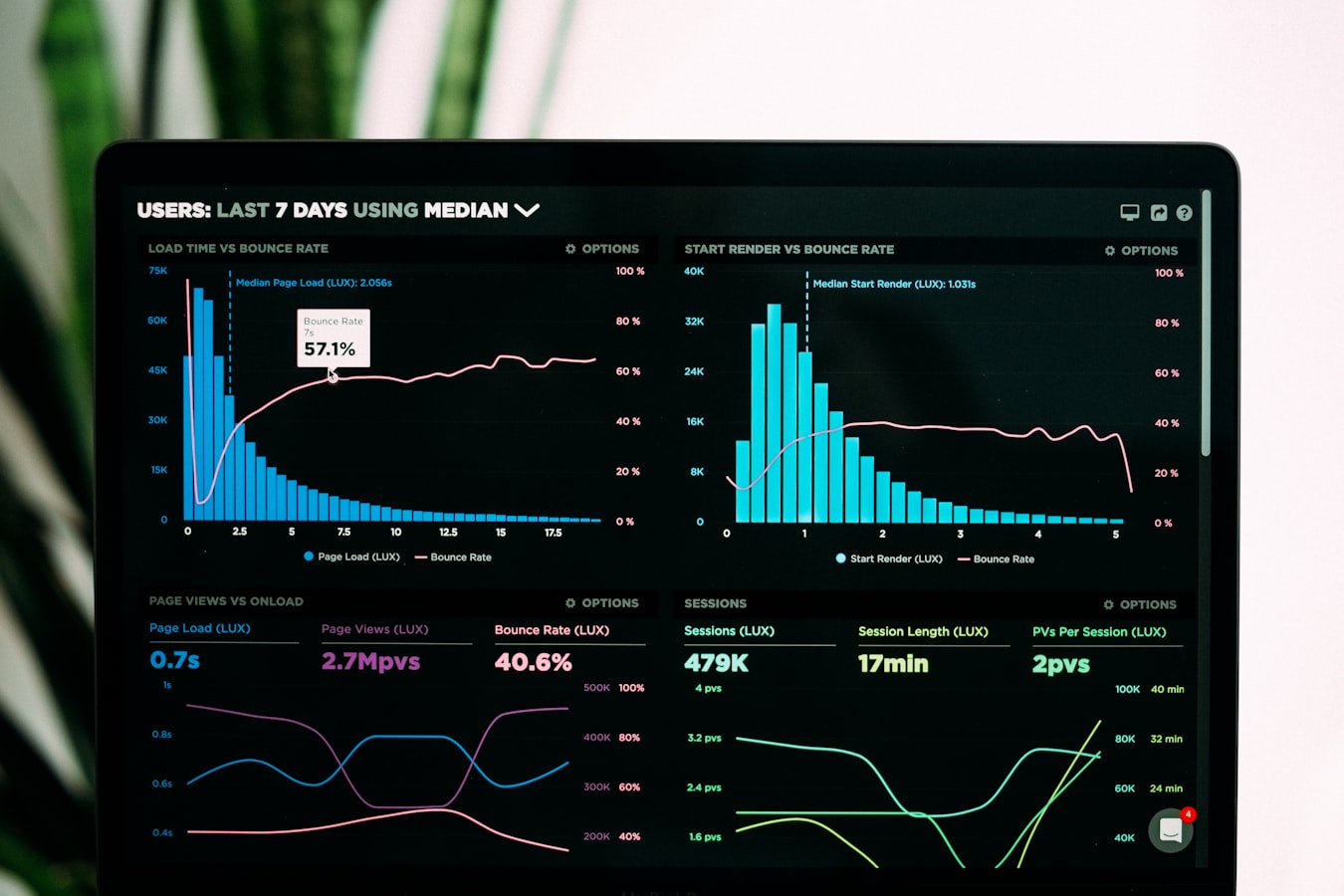📚 Table of Contents
Are you keeping up with the evolving landscape of remote UX tools? As distributed teams become the norm, designers need cutting-edge solutions to streamline workflows, enhance collaboration, and deliver exceptional user experiences from anywhere. Let’s explore the latest trends shaping the future of remote UX design.
Collaboration-First UX Tools
Modern remote UX tools prioritize seamless teamwork, integrating features like live co-editing, version control, and cloud-based project hubs. Platforms like Figma and Miro enable real-time collaboration, ensuring designers and stakeholders stay aligned regardless of location.
AI-Powered UX Design Assistants
Artificial intelligence is revolutionizing remote UX workflows. AI-driven tools now automate repetitive tasks, suggest design improvements, and even generate wireframes based on natural language prompts. These innovations help remote teams work faster and smarter.
Advanced Remote User Testing Platforms
Gathering user feedback remotely has never been easier. Next-gen testing tools offer session recording, heatmaps, and sentiment analysis—all conducted virtually. This trend empowers UX teams to validate designs with global audiences without geographical constraints.
Real-Time Feedback & Prototyping
Instant feedback loops are critical for remote UX success. Newer tools combine interactive prototyping with live commenting and annotation features, allowing teams to iterate rapidly while maintaining clear communication across time zones.
Conclusion
Staying ahead in remote UX design means embracing tools that bridge distance gaps while enhancing creativity and efficiency. By adopting these emerging trends, teams can deliver user-centered designs that thrive in our increasingly digital world.


Leave a Reply